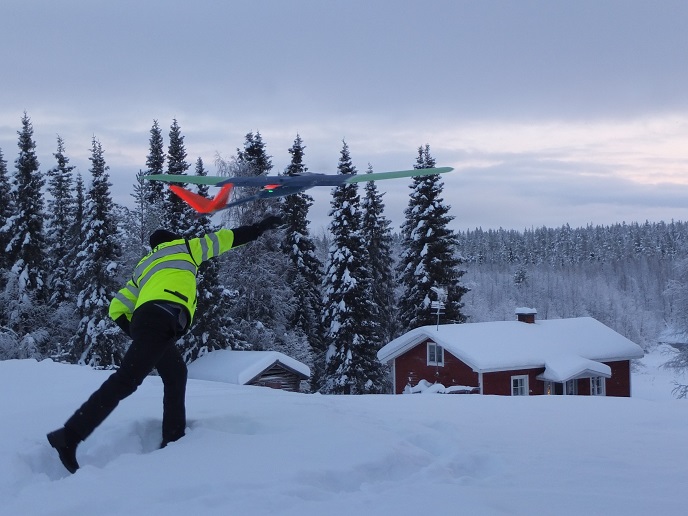Efficient mineral exploration with reduced environmental impact
The rapid deployment of clean energy technologies as part of the energy transition has led to a significant increase in demand for minerals such as cobalt, copper, lithium, nickel, and zinc. A secure and sustainable supply of raw materials is a prerequisite for a resilient economy. Critical raw materials - CRMs are key enablers of the green and digital transition. They are fundamental for the EU to develop its own strategic autonomy. In particular, CRMs are crucial for transforming the EU energy system towards our 2030 climate objectives and for Europe to become carbon neutral by 2050. Mineral exploration is fraught with obstacles. These include diverse geology, environmental vulnerability and glacial sedimentary cover in the Arctic regions of northern Europe. Moreover, the main metal-producing regions of central Europe are densely populated, and public acceptance is an important issue in many places.
NEXT steps for environmentally sound mineral exploration
The key objective of the EU-funded NEXT project was to develop new mineral exploration technologies that save costs, time, and nature itself. The project brought together 16 partners from six EU Member States (Germany, Spain, France, Malta, Finland and Sweden) that represent the main metal-producing regions of Europe. The project has optimised and tested new environmentally sound technologies on diverse types of mineral deposits. The six countries’ main metallogenic belts display diverse geology yet are feasible sources of important metals. “Our goal was to enhance the efficiency of mineral exploration,” said Vesa Nykänen, professor in geoinformatics at the Geological Survey of Finland and NEXT scientific coordinator.
New exploration technologies
Exploration technologies developed in the project include geological modelling, geochemical exploration surveys and new more sophisticated geophysical drone-based methods. Moreover, NEXT focused on mineral systems modelling, data processing and data integration with artificial intelligence methods. Collectively, these approaches are expected to expedite the discovery of ore deposits, increase overall productivity, and reduce drilling, which is by far the most expensive activity in ore deposit exploration. The models the researchers have generated advance understanding of the geological framework that is behind the ore-forming processes. Combining geophysical and geochemical information also helps portray the structure and nature of the target soil and bedrock. This is essential when building prediction models for exploration purposes. Accuracy of these models is paramount for generating mineral prospectivity maps that can distinguish areas with high mineral potential and aid the selection of more precise drilling targets. Moreover, these maps, apart from mining companies, can prove useful for land-use planning. In collaboration with CORDIS, the consortium developed Projects Map. This open-access module on the CORDIS portal enables users to explore scientific research synergies and obtain information on mineral exploration and mineral extraction in Europe.
Keywords
NEXT, mineral exploration, mining, ore, exploration technologies, , geology







